Idea by
Nicholas Korody, Joanna Kloppenburg
Adjustments Agency
Call for ideas 2017
Exhibitionary Complex
Exhibitionary Complex
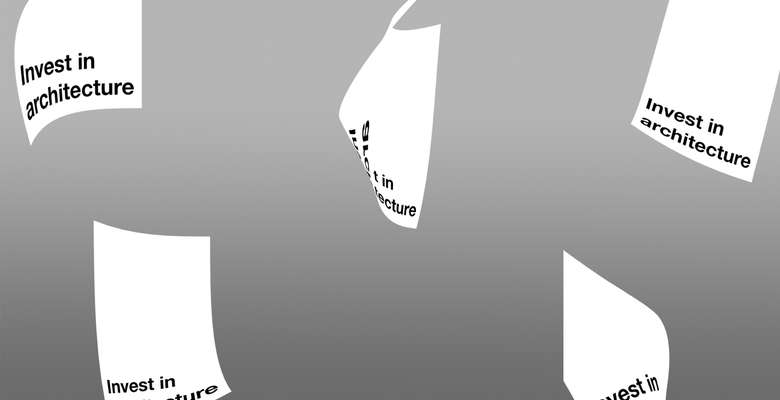
For a growing number of architects, exhibitions are the primary forum for the presentation of their work. But unfortunately, architecture exhibitions are unsustainable (and usually boring). They tend to appropriate their business model from the art world—but architects aren’t artists, and their work doesn’t accrue value in the same way. Using a crowd-equity platform built with blockchain technology, we have developed a system where interested parties can invest in an exhibition. Rather than requiring corporate sponsorship, or a gallerist willing to go into the red, individuals can contribute small amounts of money to fund the creation of a discourse they care about. And, by experimenting with alternative modes of money-making besides simply selling models or prints, we're able to create profits, which can be redistributed to shareholders as dividends.
Invest in architecture. Seize the means of our discourse production.
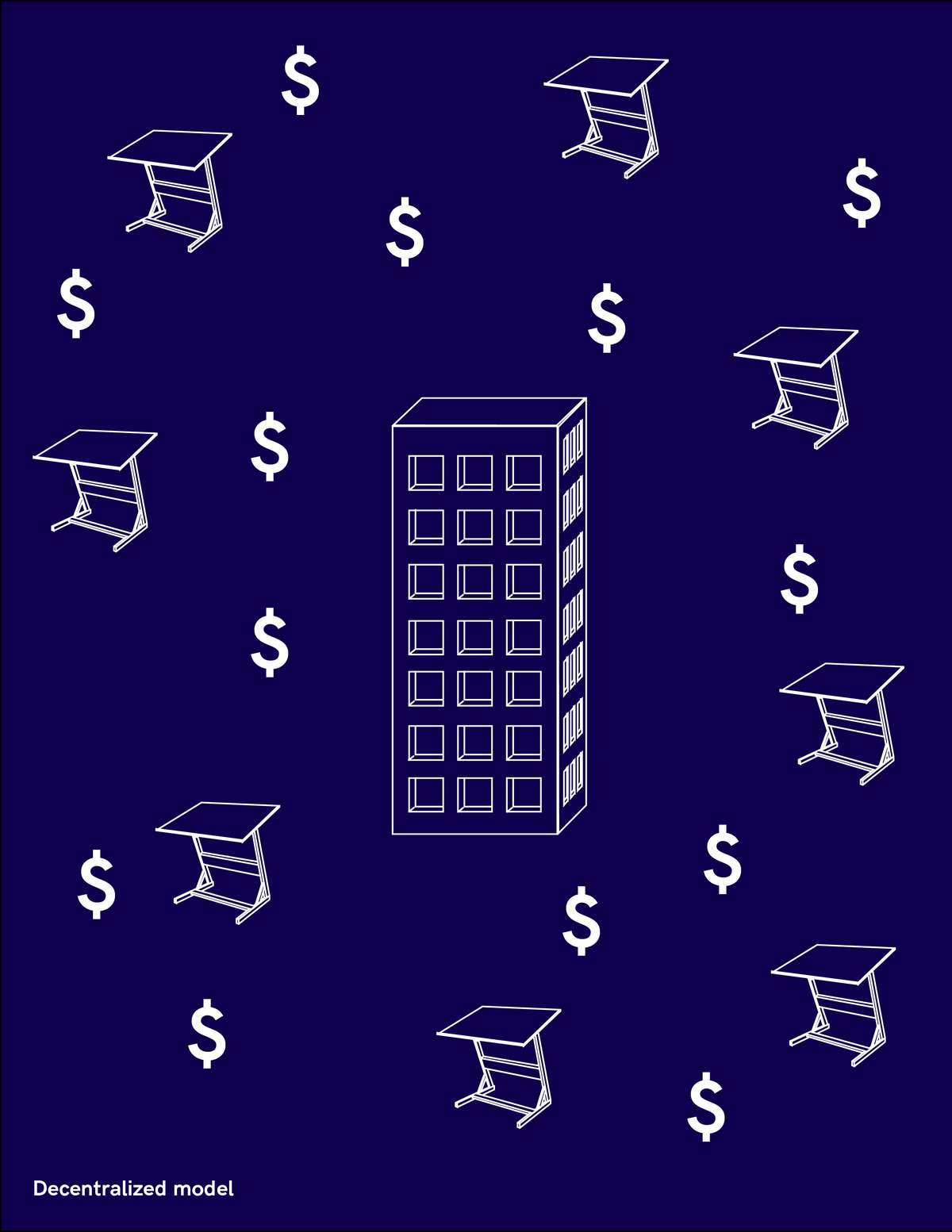
By using a distributed economic model, architects—and those who care about architecture—can own the means by which their work is shown.
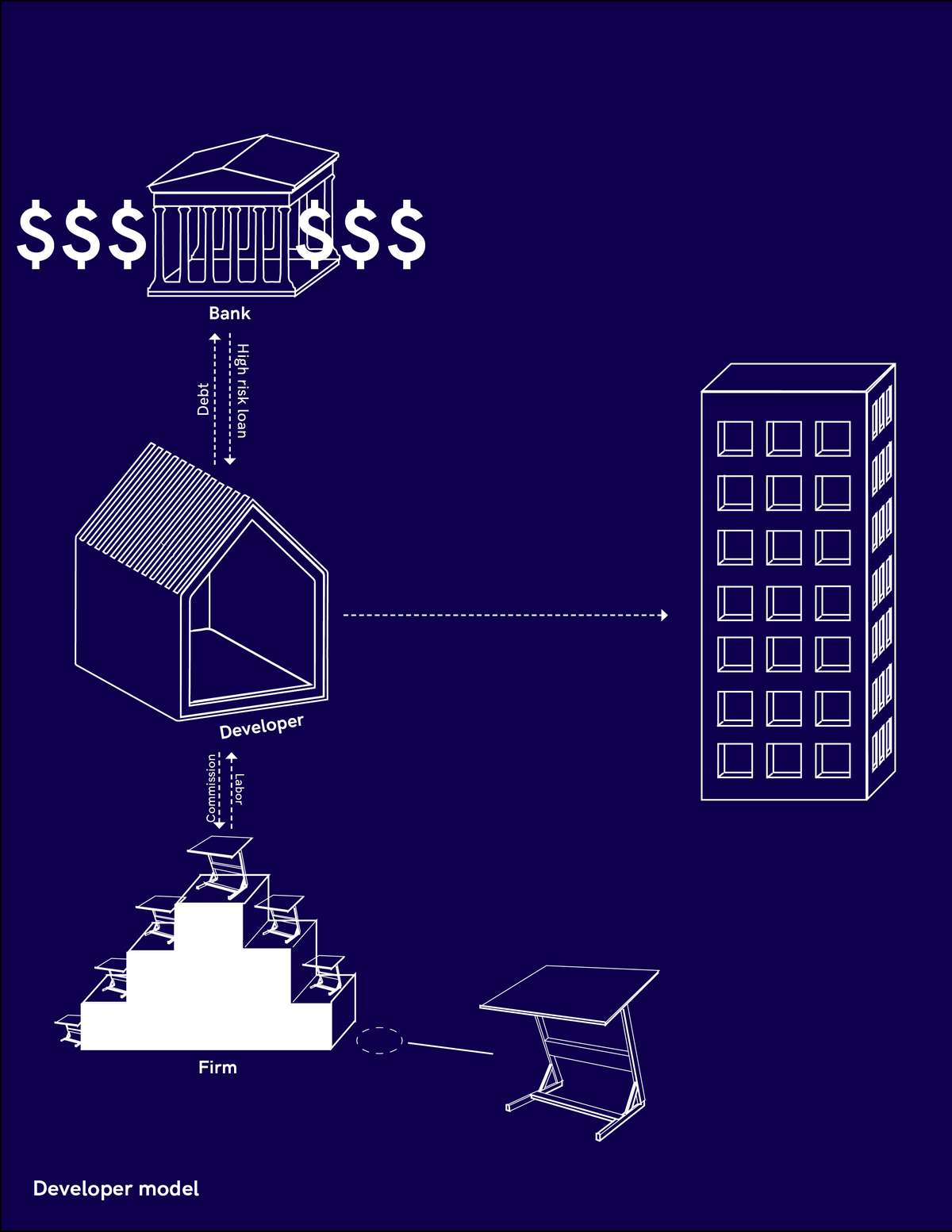
Exhibitionary architecture, like all architecture, requires real estate. Currently, there are two primary venues for the exhibition of architecture: biennials, funded by corporate sponsorship (see Chicago and BP or Venice and Rolex), and galleries, which tend to be cost-negative enterprises. This mirrors the patronage model of architecture, which relies on developers and banks to realize projects.
Exhibitionary Complex
Exhibitionary Complex

For a growing number of architects, exhibitions are the primary forum for the presentation of their work. But unfortunately, architecture exhibitions are unsustainable (and usually boring). They tend to appropriate their business model from the art world—but architects aren’t artists, and their work doesn’t accrue value in the same way. Using a crowd-equity platform built with blockchain technology, we have developed a system where interested parties can invest in an exhibition. Rather than requiring corporate sponsorship, or a gallerist willing to go into the red, individuals can contribute small amounts of money to fund the creation of a discourse they care about. And, by experimenting with alternative modes of money-making besides simply selling models or prints, we're able to create profits, which can be redistributed to shareholders as dividends.
Invest in architecture. Seize the means of our discourse production.
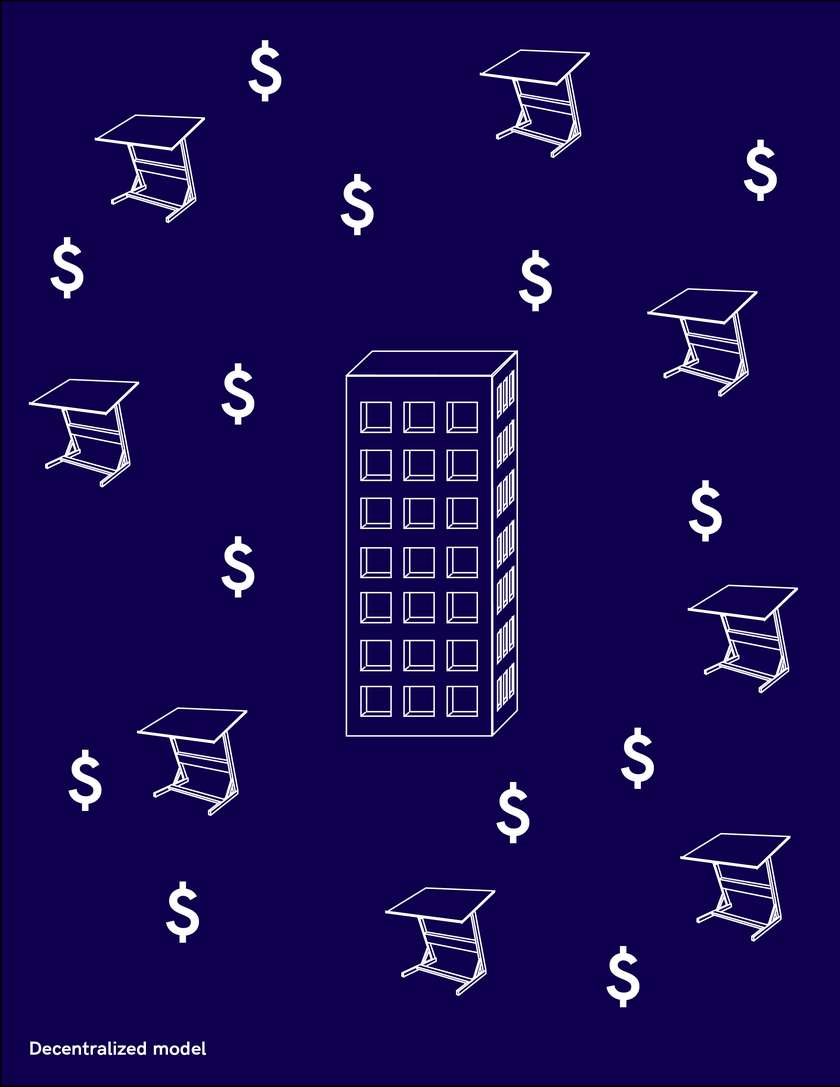
By using a distributed economic model, architects—and those who care about architecture—can own the means by which their work is shown.
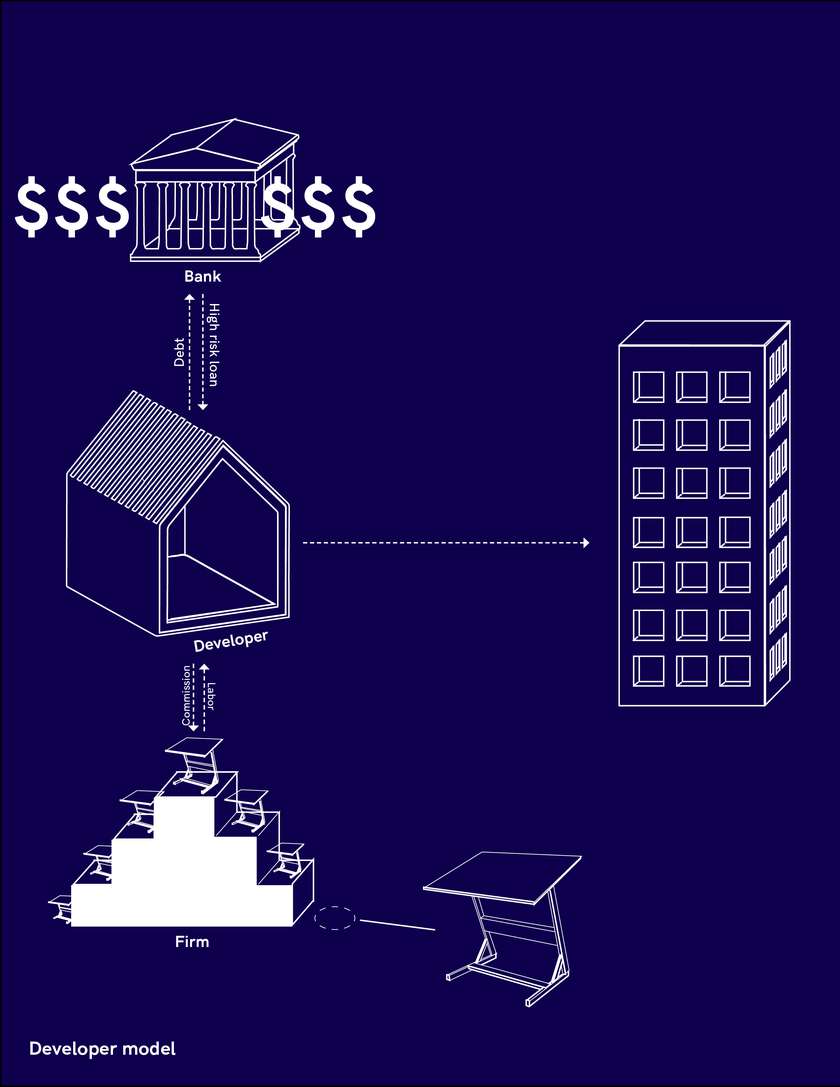
Exhibitionary architecture, like all architecture, requires real estate. Currently, there are two primary venues for the exhibition of architecture: biennials, funded by corporate sponsorship (see Chicago and BP or Venice and Rolex), and galleries, which tend to be cost-negative enterprises. This mirrors the patronage model of architecture, which relies on developers and banks to realize projects.